Larry Veldink sat in his bed at Spectrum Health Zeeland Community Hospital and faced the video screen mounted on a cart near his feet.
When a scheduled video call rang in, his nurse accepted it. On screen popped the face of Muhib Khan, MD.
“Hi, Larry. I’m Dr. Khan,” said the neurologist, who directs the Spectrum Health Stroke Center at Spectrum Health Butterworth Hospital.
This introduction kicked off a 50-minute conversation about Veldink’s imaging results, health status and treatment recommendations.
Transient ischemic attack
Just 24 hours earlier, Veldink, 78, had been poking around in the fridge at his home in Jenison, Michigan, when he suffered a small stroke—a transient ischemic attack.
He grabbed hold of the kitchen counter, propping himself up to keep from falling.
When the dizzy feeling waned, he made his way to the easy chair in his home office, where he sat until Ginny, his wife of 55 years, came home.
By then, he felt normal again.
No need to panic, Veldink told himself. He’d experienced this type of thing before and had always bounced back.
“It’s nothing new to have these occasionally,” he said. “And the last couple, I didn’t even go to the hospital.”
He knew it was a sign of atherosclerosis, the buildup of plaque in the arteries—a disease that had already led to his heart bypass surgery and stenting.
Not much more the doctors can do, he figured.
Yet, something told him not to ignore this episode.
“This time we felt that maybe we should go in and get it checked,” Veldink said.
Close to family
Living halfway between the Spectrum Health hospitals in Zeeland and Grand Rapids, the Veldinks chose the Zeeland Community Hospital emergency department because of its convenience and relative calm.
But Zeeland Community Hospital, like the other Spectrum Health regional hospitals dotting the west side of the state, doesn’t have its own neurology department.
So the Zeeland emergency department team did what they do whenever a patient arrives with stroke-like symptoms.
They contacted the stroke center in Grand Rapids.
Working remotely, the on-call neurologist directed Veldink’s testing plan and determined he didn’t need emergent stroke therapies.
This meant he could stay in Zeeland, closer to family.
Had he needed a thrombectomy, for example, he would have been transferred to Butterworth Hospital for treatment. Instead, a hospitalist in Zeeland admitted Veldink overnight for observation.
The stroke center—taking advantage of newly expanded telemedicine service—ordered a telestroke consult for the following day.
Telestroke consultation
That’s how Veldink, on Jan. 8, became Spectrum Health’s first neurology patient to participate in a telemedicine consult.
Dr. Khan conducted the appointment from a specially equipped office in Grand Rapids, 22 miles from Veldink’s hospital bed.
For stroke center neurologists, telestroke technology is the next best thing to being at the bedside.
“(It lets us) see the patient face to face and explain to them ourselves about what we are recommending and why we are recommending it,” rather than conveying information through a hospitalist, Dr. Khan said.
It’s a cost-effective way to improve access to neurological care in the face of geographic and staffing challenges, he said.
“Teleneurology is being used in other parts of the country, especially places that kind of have geography like us—where there’s like a big center in a city but then there’s smaller regional hospitals in suburbs or rural communities, and you can’t support a neurologist in each one of them,” he said.
Not only can doctors video-chat with patients and their families, they can display high-resolution CT and MRI images on-screen.
“I can actually pull up the MRI at my end and share it and they can see what I’m seeing,” Dr. Khan said.
In Veldink’s case, Dr. Khan pointed out areas of plaque buildup in the major blood vessels supplying blood to his brain.
His follow-up recommendations sent Veldink to a lipidologist—a doctor who specializes in treating cholesterol—to evaluate treatment options and lifestyle changes to slow his plaque buildup.
“We just sat there and had a discussion with him, just like talking face to face,” Veldink said. “I was quite impressed with the discussion we had. And from that, I’ve gone on for other treatments.”
Telemedicine technology made good sense to Veldink, who used to manage a business with multiple locations.
“I’m sure the outlying hospitals out in the country, they don’t have enough business to warrant having a full-time expert on staff—and this should work very well,” he said.
“You don’t have to have a (specialist) right there.”
Zeeland Community Hospital is the first Spectrum Health regional hospital to introduce telestroke consultations. Telestroke is one of a half-dozen inpatient telemedicine specialties the Zeeland location now offers.
By the end of 2020, all Spectrum Health regional hospitals will have telestroke capabilities, according to Becca Edema, a virtual health specialist.
“This is coordination of care between specialists in Grand Rapids and a regional location, ensuring that patients receive the most appropriate care,” she said.
During the COVID-19 pandemic, the stroke team has taken advantage of telestroke capabilities to keep patients in regional facilities, “avoiding unnecessary transportation and exposure,” Dr. Khan added.
Lifestyle tune-up
Veldink’s hospitalization left him with a clear game plan: Do more walking and give up his trips to McDonald’s.
“I’ve got to go on a big-time diet, lose some weight,” he said. “We’ve got to stop that (plaque buildup) or I’m going to be in trouble.”
Trouble for Veldink would also spell trouble for the team at Love INC, a nonprofit in Hudsonville, where he runs a used-bike repair and resale shop.
He’s worked there since 2001, when a stroke damaged his cognitive processing skills and knocked him out of his office job.
“The doctors told me I had to seek out something to challenge my brain every day,” he said.
Working in the bike shop turned out to be the perfect therapy.
Though his brain recovered, he never returned to the corporate world.
He’d found his place. He moved from repairing bikes to managing the shop—and he has stayed on well past retirement age.
Even with his January hospitalization, Veldink didn’t miss a beat.
“I was back in the bike shop the next day,” he said.
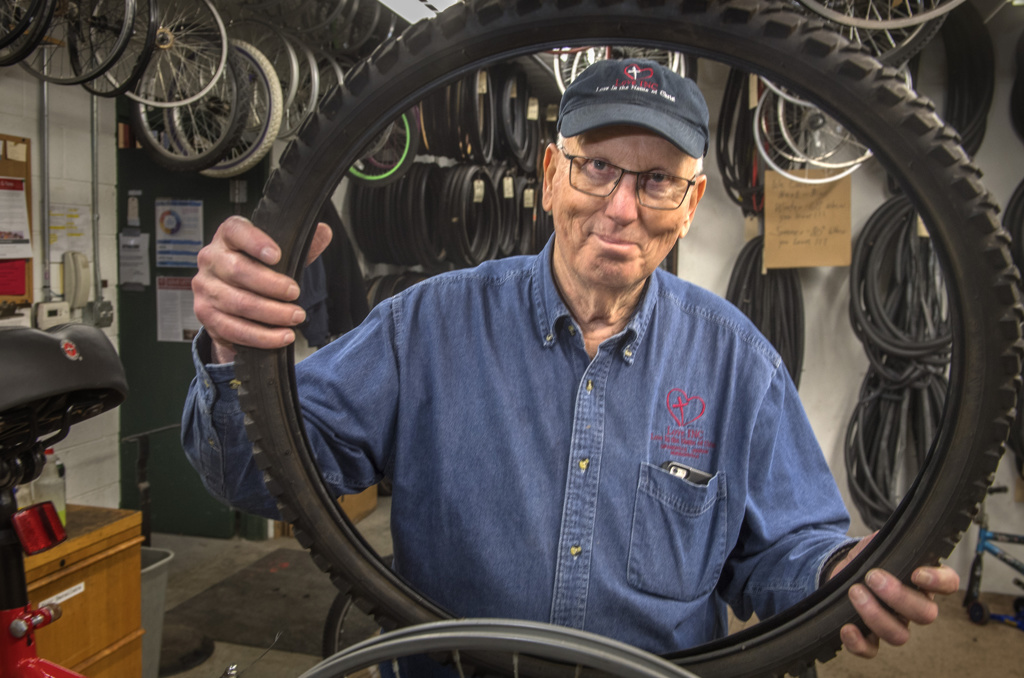
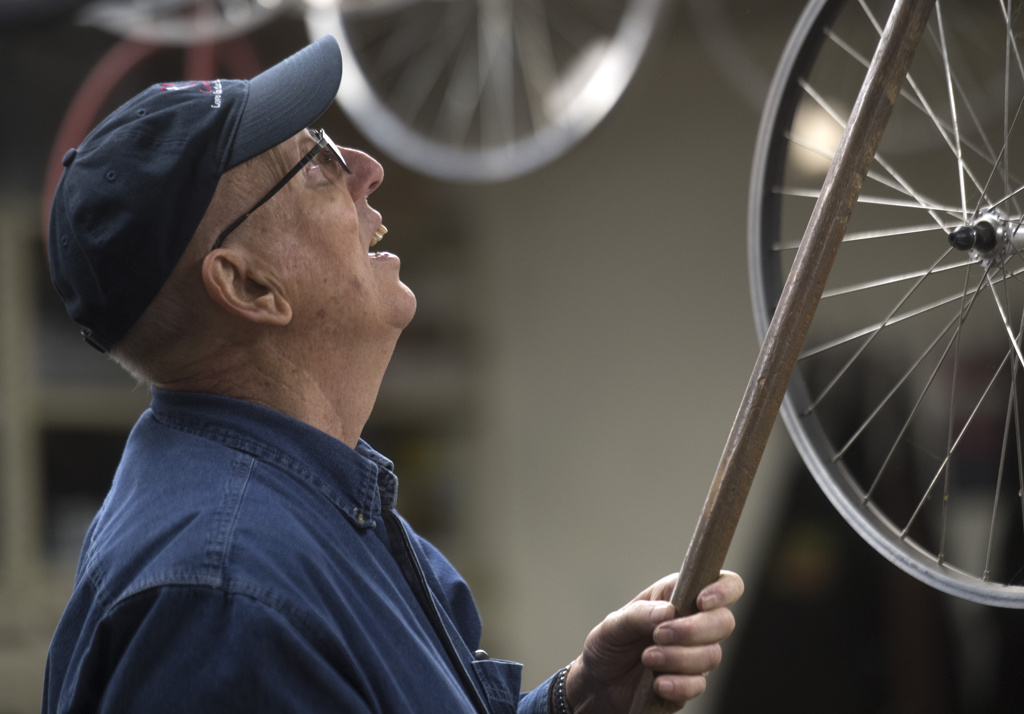
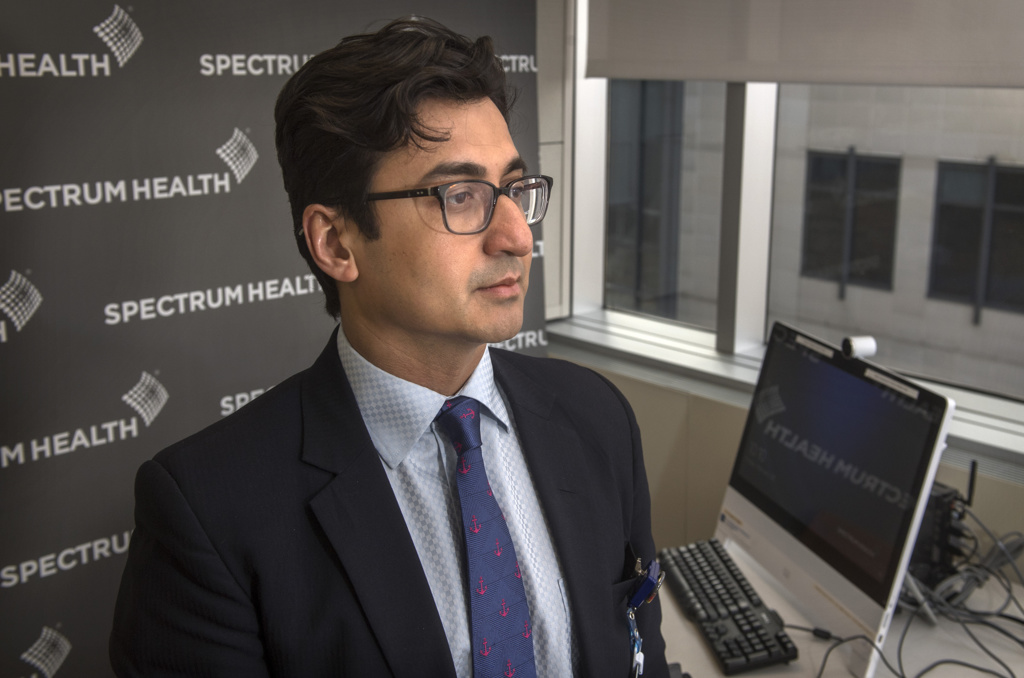
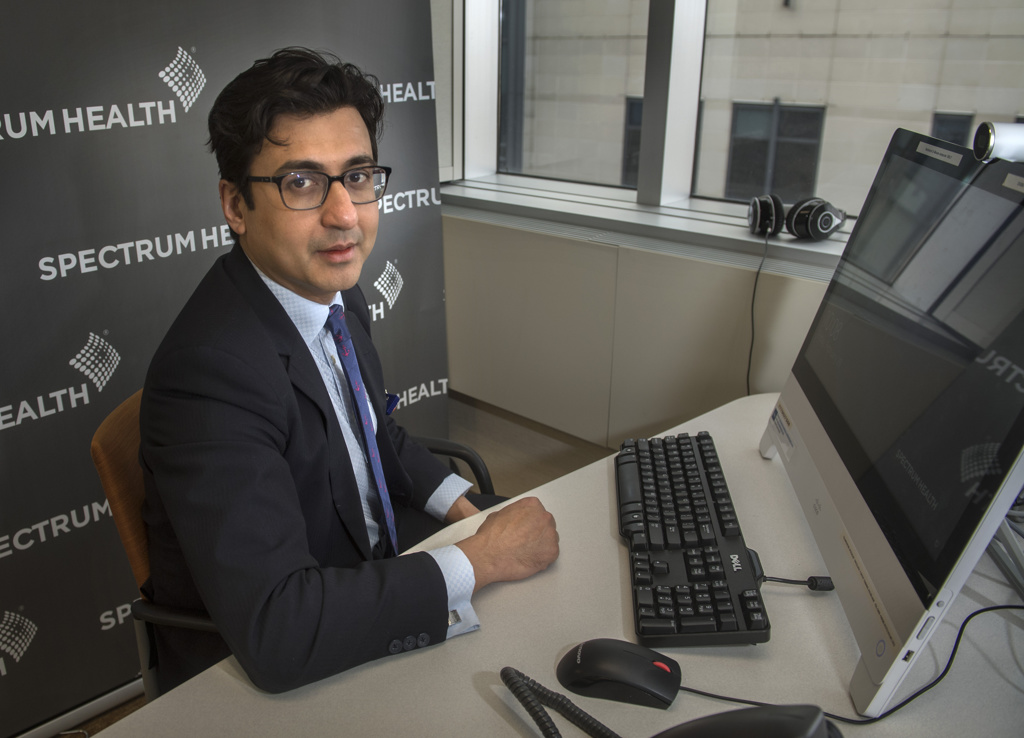

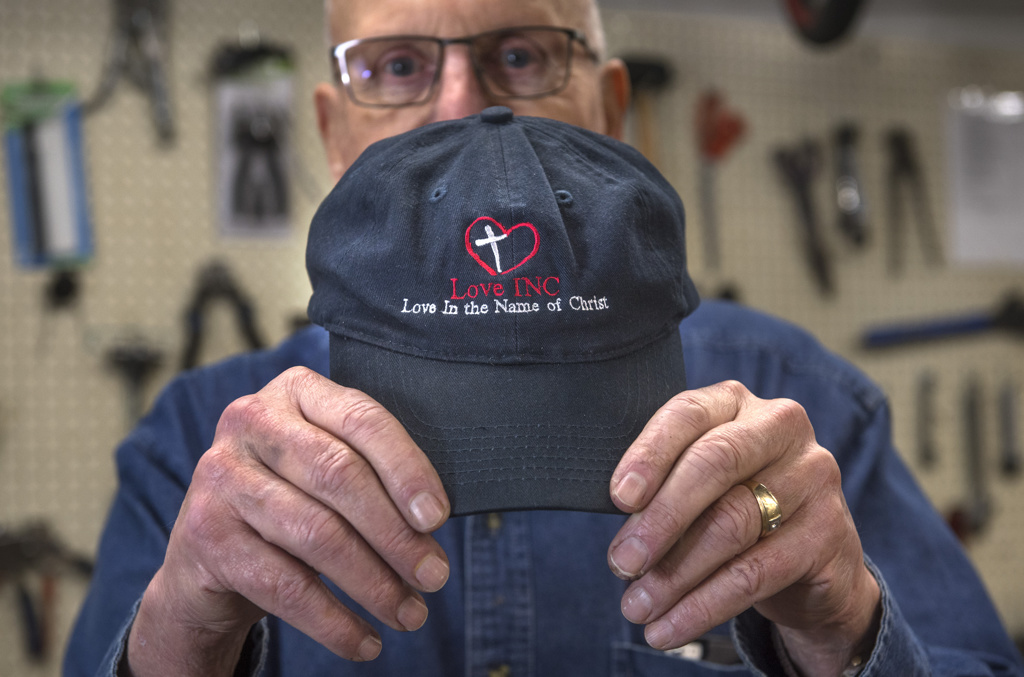


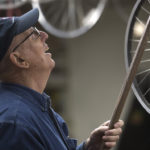
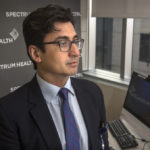
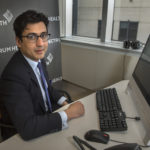

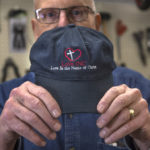
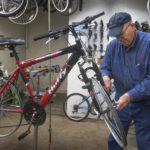
 /a>
/a>
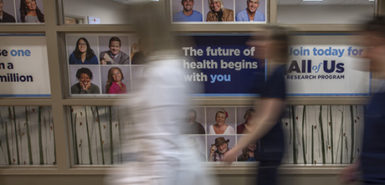 /a>
/a>
 /a>
/a>